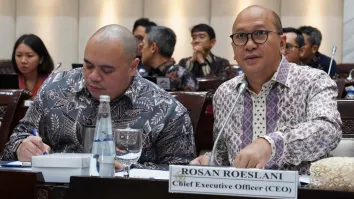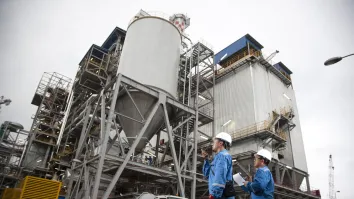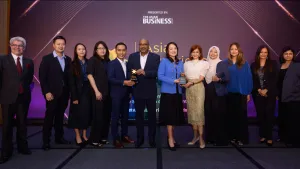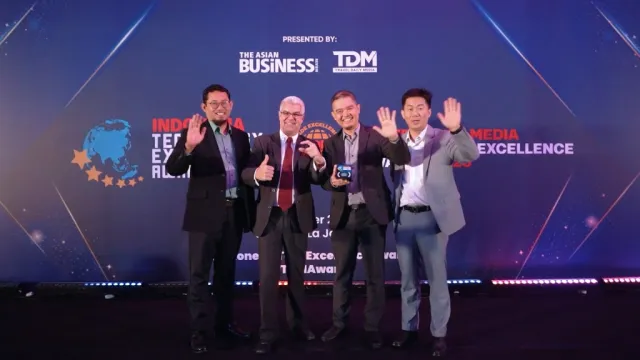
Hong Kong to host Asia’s first shore power network for ships
Grid-linked infrastructure will let ships draw power from shore whilst docked.
Hong Kong will anchor Asia’s first regional network of ship-charging ports under a joint venture between UK-based NatPower Marine and Hong Kong’s Wah Kwong Maritime Transport Ltd., marking a major step in efforts to cut maritime carbon emissions.
The venture, Wah Kwong NatPower Holdings, will build grid-connected infrastructure across Hong Kong to let vessels switch off fossil-fuel auxiliary engines and draw electricity from the shore whilst at berth.
The system will also enable battery charging for near-shore propulsion using low-emission power.
“Our objective is to build and operate a network of charging points for ships… [covering] container ships, cruiser ships, ferries, railroad and service ships,” NatPower Marine CEO Stefano Sommadossi told Marine & Industrial Report via Zoom.
Wah Kwong NatPower Director Greg McMillan said Hong Kong is an ideal starting point given its dense marine activity. About 18,000 ocean-going ships, 70,000 regional vessels, and 21,000 locally registered boats call at the port each year, he said.
The Organisation for Economic Co-operation and Development estimates the city’s maritime sector had emitted 620,693 tonnes of carbon dioxide as of December 2024.
The maritime industry is under mounting pressure to decarbonise, and Hong Kong’s 2050 net-zero goal creates a strong case for investment, McMillan said.
The Hong Kong initiative is part of NatPower Marine’s broader plan to develop 120 charging locations worldwide and link them with similar networks in Europe.
In the UK and Ireland, the company is investing about $131m (£100m) in partnership with Peel Ports Group to electrify terminals along the Irish Sea, supporting more than 3,000 vessel calls a year.
McMillan said Hong Kong’s market alone could require “hundreds of millions of US dollars in investment.” The first projects are slated to start operations in 2026, focusing on ferry terminals, container ports, and cruise berths.
By 2030, the venture aims to install shore-power systems in more than 30 ports, forming the backbone of Asia’s first international clean-energy corridor for ships.
Sommadossi said expansion plans include Mainland China and North Asia, whilst McMillan cited South Korea, Japan, Malaysia, Thailand, the Philippines, and Singapore as priority growth markets.

















 Advertise
Advertise







